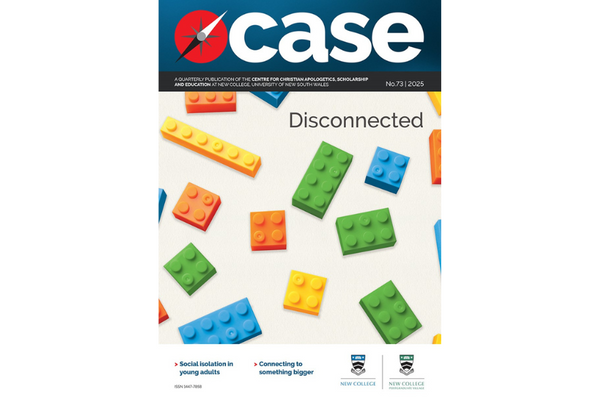The Hebrew Bible

The sacred text of Judaism is the Hebrew Bible, which has been incorporated into the Christian Bible as the Old Testament. It is a library consisting of three discrete collections, each with multiple books within them. These books were written and developed by various authors in Hebrew (with a small portion in Aramaic), many of them anonymous, across a number of centuries. Traditional estimates put the writing of the earliest books in the 15th Century BC, but the bulk of them were written between the 8th and 4th Centuries BC.
The first collection in the Hebrew Bible is the Law (Hebrew: Torah), which consists of five books. They lay the groundwork for the existence of the world and God’s purposes within it, focusing especially on the nation of Israel, their patriarchs, and the laws governing Israel’s relationship with their God. Some of the more famous highlights in the collection are the creation of the world, the exodus from Egypt, and the Ten Commandments.
The second collection is ‘The Prophets’ (Hebrew: Nebi`im), which is divided into two sections. The ‘Former Prophets’ consists of four books telling the story of Israel’s life in the land of Canaan, how they consistently disobeyed God, how they acquired a monarchy and a temple, and ultimately why the Babylonians politically destroyed their nation in the early 6th Century BC, resulting in the exile of the Israelites from their homeland. The stories of David and Goliath, the rise of Jerusalem as Israel’s capital, and the wisdom of Solomon belong to this section. The ‘Latter Prophets’ is a collection of four prophetic books: Isaiah, Jeremiah, Ezekiel, and the Book of the Twelve Prophets. These works contain the words of the prophets issued to Israel through the ages. They do not merely seek to predict the future (a common misconception of what prophecy is), but to interpret Israel’s life under God, and to elicit particular responses and reforms in light of God’s revelations.
The third collection is ‘The Writings’ (Hebrew: Ketubim). This is a collection of miscellaneous works that do not necessarily have a narrative or prophetic thread running through them. They presuppose the basic story and ethos of Israel conveyed in The Law and The Prophets, but explore different issues and experiences from different angles. As such, the books within The Writings have no specific order to them. They include the stunning poetry of the Psalms, the erotic poetry of the Song of Songs, the histories of Chronicles, the bold maxims of Proverbs, the apocalyptic work of Daniel, and the philosophical musings of Ecclesiastes (also known as ‘Qoheleth’).
The Jewish and Christian traditions vary in the way they count the number of books in these three broad collections. For example, the book of Samuel comes in two volumes. The Jewish tradition counts this as one book, but the Christian tradition today counts it as two. So, although they are essentially the same, the Hebrew Bible is said to have 22 books, while the Old Testament is said to have 39.
The books of the Hebrew Bible appear to have gained authoritative status as ‘Scripture’ at a very early stage. The Law and The Prophets had developed as set collections by the 3rd Century BC at the latest, when they began to be translated into Greek. The miscellaneous nature of The Writings means it took a few more centuries for it to develop as a fixed collection. By the end of the 1st Century AD, the whole Hebrew Bible had achieved a fixed form known as the ‘canon’—a shape it has retained ever since. Today Jews often refer to it as the Tanak—an acronym derived from the name of the three collections within it.
Two other works have achieved a level of secondary authority in Judaism. The first is the Mishnah. Written in Hebrew, this is a collection of short sayings, debates, and decisions of Jewish Rabbis from the first two centuries ad. Most of the discussion aims to preserve and interpret Jewish customs and traditions, particularly as they are shaped by biblical Law. The second work is the Talmud. This incorporates the Mishnah into a lengthier commentary conducted in Aramaic. It seeks to justify and codify Jewish belief and practice, particularly as it was discussed between the third and sixth centuries ad. There are two versions of the Talmud. The shorter and lesser-used version is the Jerusalem (or Palestinian) Talmud, compiled in Galilee. The longer and more widely used version is the Babylonian Talmud.
- George Athas, Moore College.
Leave a comment
Comments will be approved before showing up.



